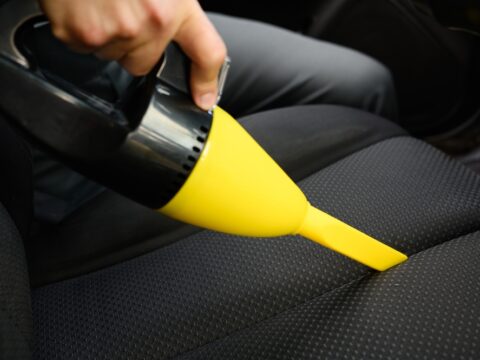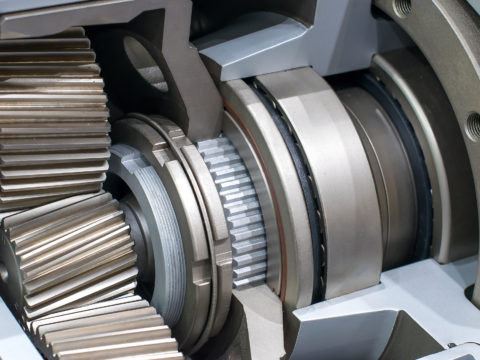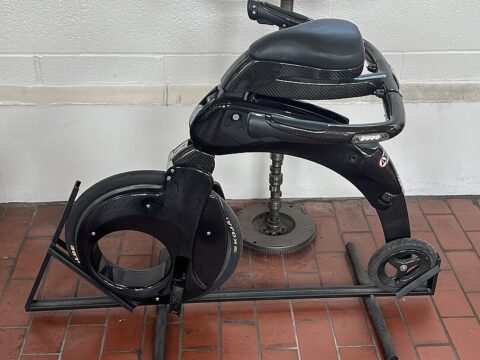You don’t always need a mechanic for every car issue. Many repairs can be done at home with basic tools and a little know-how, saving you a lot of money. Here are some DIY car repairs you can easily tackle to save big bucks.
Contents
Changing Engine Oil
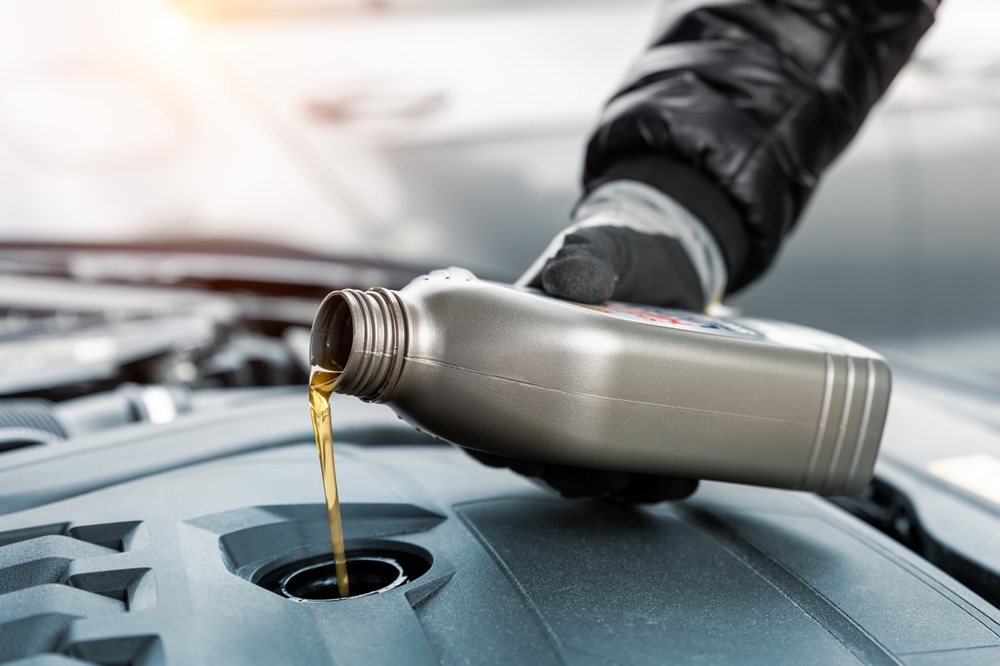
Changing your engine oil is a straightforward DIY task that can save you significant money over time. By purchasing the right type of oil and filter for your car, you can do this job in your driveway with minimal tools: a wrench, an oil pan, and a funnel. Regular oil changes, typically every 3,000 to 5,000 miles, ensure your engine runs smoothly and can prevent costly repairs down the line. Professional oil changes can cost $40 to $70, but doing it yourself can cut the cost to $20 to $30.
Replacing Air Filters
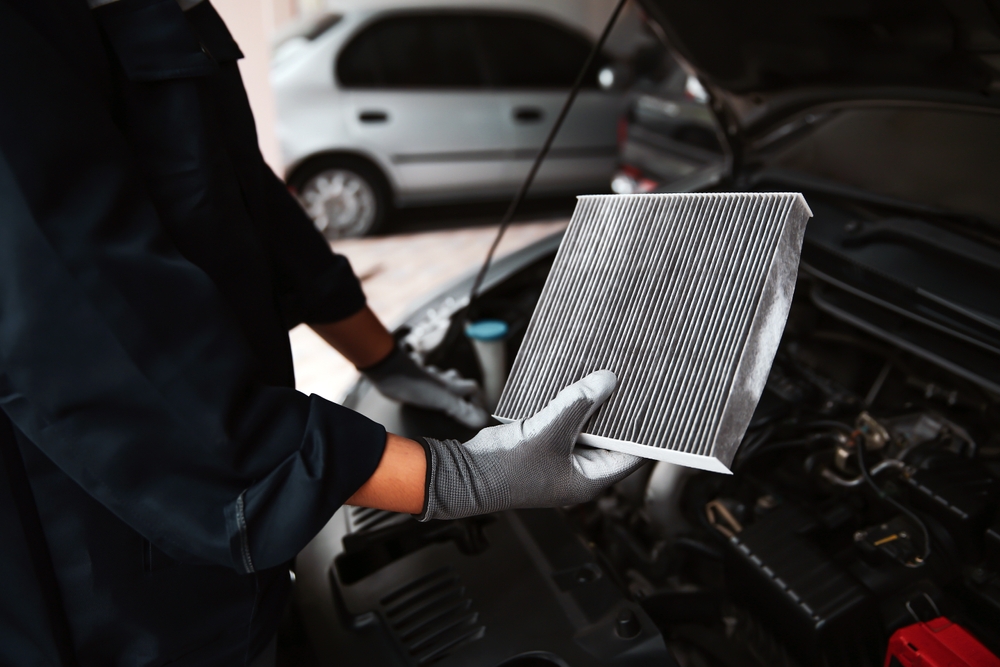
Replacing your car’s air filter is a simple task that can be completed in under 10 minutes. A clean air filter improves fuel efficiency and engine performance. Most air filters cost between $10 and $20, whereas a mechanic might charge $50 or more for the same service. By doing it yourself, you ensure your engine breathes properly and save money on fuel costs and mechanic fees.
Changing Spark Plugs
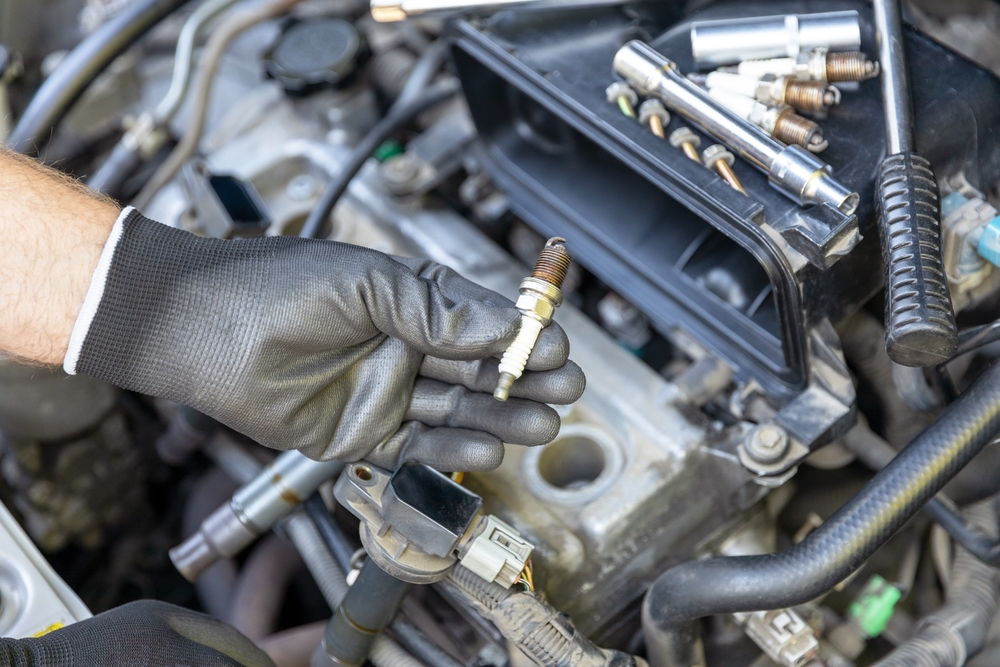
Changing spark plugs is another easy DIY project that can enhance your car’s performance. Spark plugs typically need replacement every 30,000 to 100,000 miles, depending on your vehicle. With a spark plug socket and a few minutes of your time, you can replace them yourself for about $20 to $50, whereas a mechanic might charge upwards of $100 for the same job.
Replacing Windshield Wipers
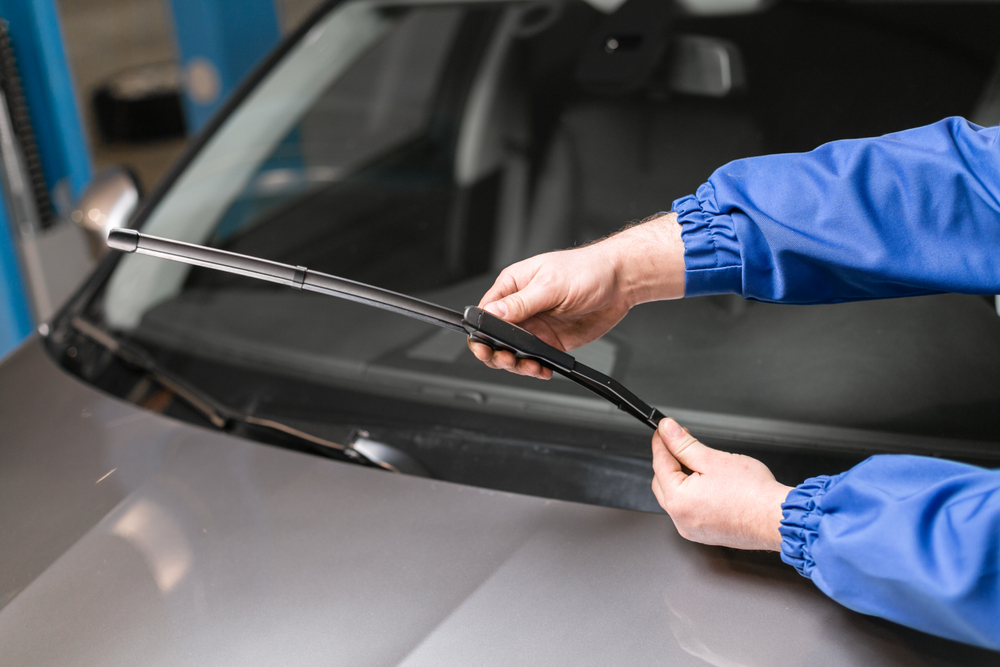
Replacing windshield wipers is one of the easiest DIY car repairs. New wipers typically cost between $10 and $30. Installing them only requires a few minutes and ensures you have clear visibility in adverse weather. Professional replacement can cost up to $50, so doing it yourself not only saves money but also keeps you safe on the road.
Changing Brake Pads
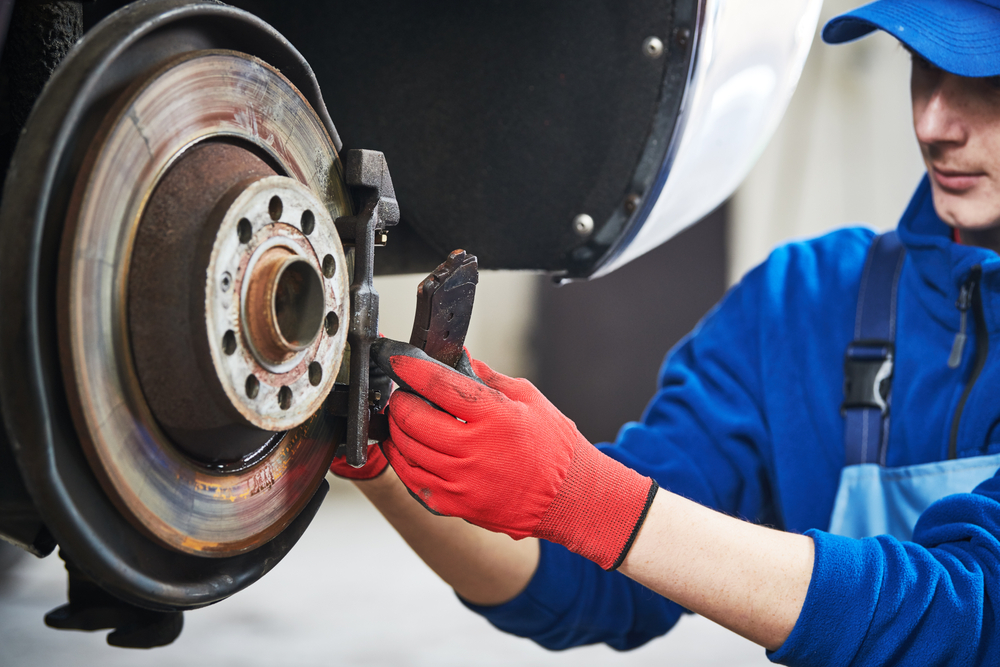
Changing brake pads can save you a significant amount of money, with a typical cost of $20 to $50 for the pads themselves. A mechanic might charge $150 to $300 for labor alone. With a jack, lug wrench, and basic hand tools, you can replace brake pads yourself, ensuring your car stops effectively while avoiding high labor costs.
Replacing a Dead Battery
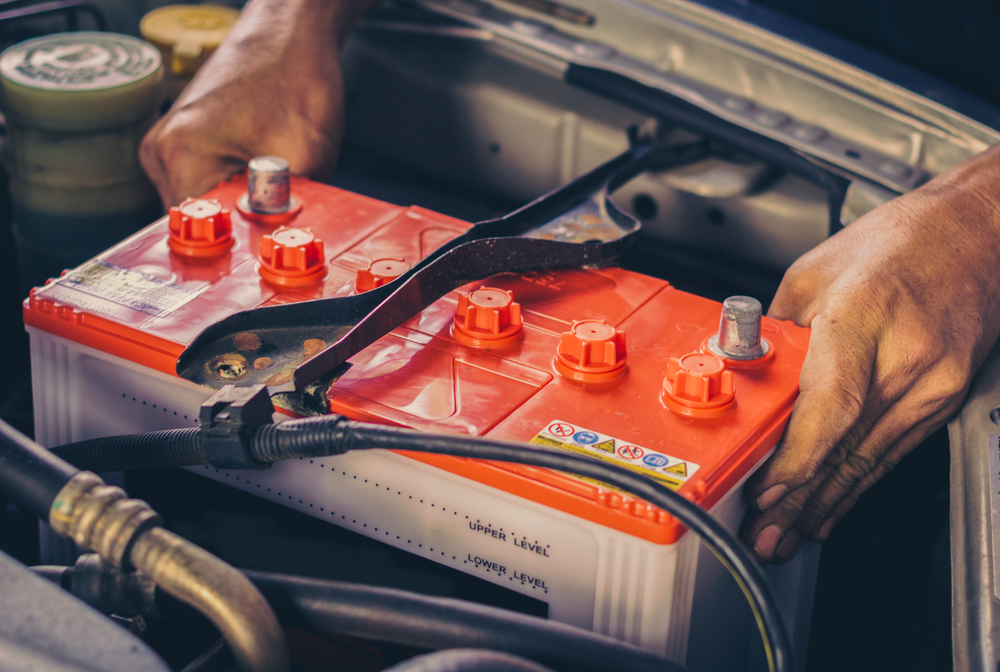
Replacing a car battery is a quick and easy task. Car batteries typically cost between $50 and $150. Professional installation can add another $50 to $100. With basic tools like a wrench and a wire brush, you can replace the battery yourself, ensuring your car starts reliably while saving on labor costs.
Fixing a Flat Tire

Fixing a flat tire with a plug kit or replacing it with a spare is a valuable skill. A plug kit costs about $10 to $20 and can be used multiple times, while a professional repair might cost $30 to $50 per tire. Learning to fix a flat yourself ensures you won’t be stranded and saves money on towing and repair services.
Replacing Headlights or Taillights
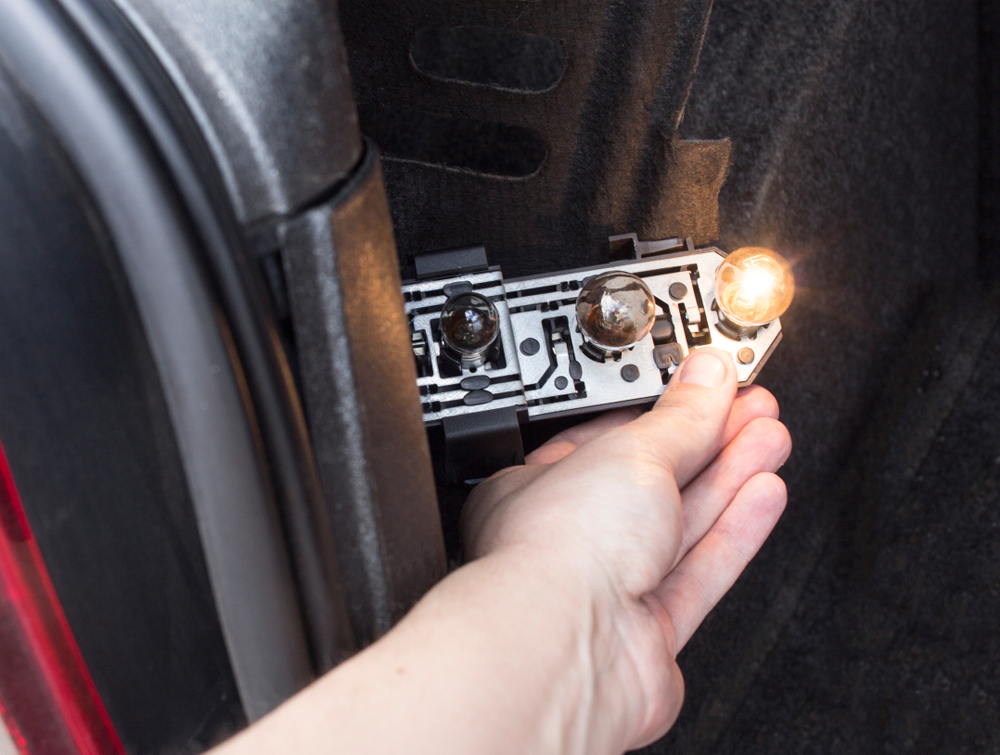
Replacing burnt-out headlights or taillights is an easy and cost-effective DIY repair. Bulbs typically cost $10 to $30, and the replacement process usually requires just a screwdriver. Mechanics might charge $50 to $100 for labor. By doing it yourself, you maintain visibility and safety while saving money.
Changing the Cabin Air Filter

Changing the cabin air filter improves the air quality inside your vehicle. Filters typically cost $15 to $30 and can be replaced in just a few minutes without any tools. A mechanic might charge $50 to $100 for this simple task. By doing it yourself, you ensure cleaner air inside your car and save on labor costs.
Replacing the Fuel Filter
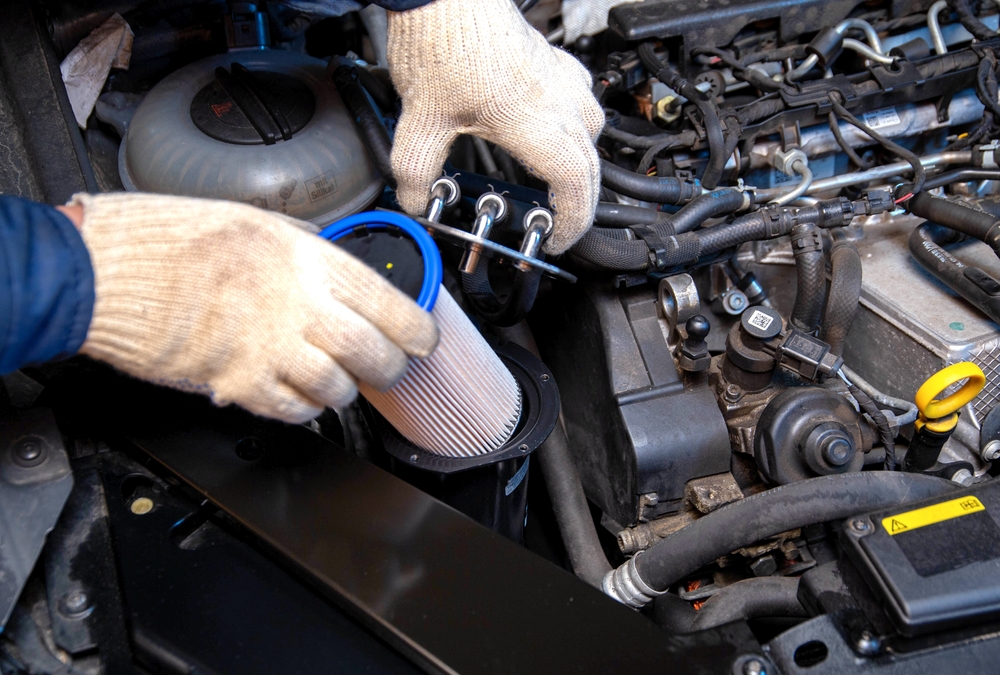
Replacing the fuel filter ensures your engine receives clean fuel, improving performance and longevity. Fuel filters cost $10 to $50, depending on the vehicle. Professional replacement can cost $100 to $150. With basic tools and about an hour of your time, you can replace the fuel filter yourself and save money on mechanic fees.
Flushing the Radiator
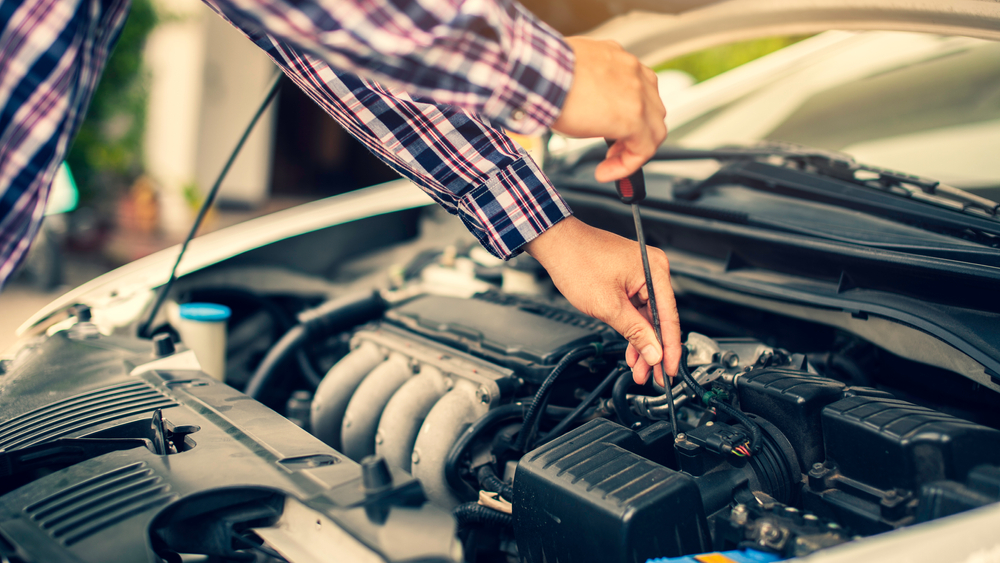
Flushing the radiator removes old coolant and debris, ensuring your engine stays cool. Coolant flush kits and antifreeze cost about $30 to $50. Professional service can range from $100 to $150. By following simple steps and using basic tools, you can flush the radiator yourself, maintaining your engine’s health and saving on service costs.
Replacing Serpentine Belts
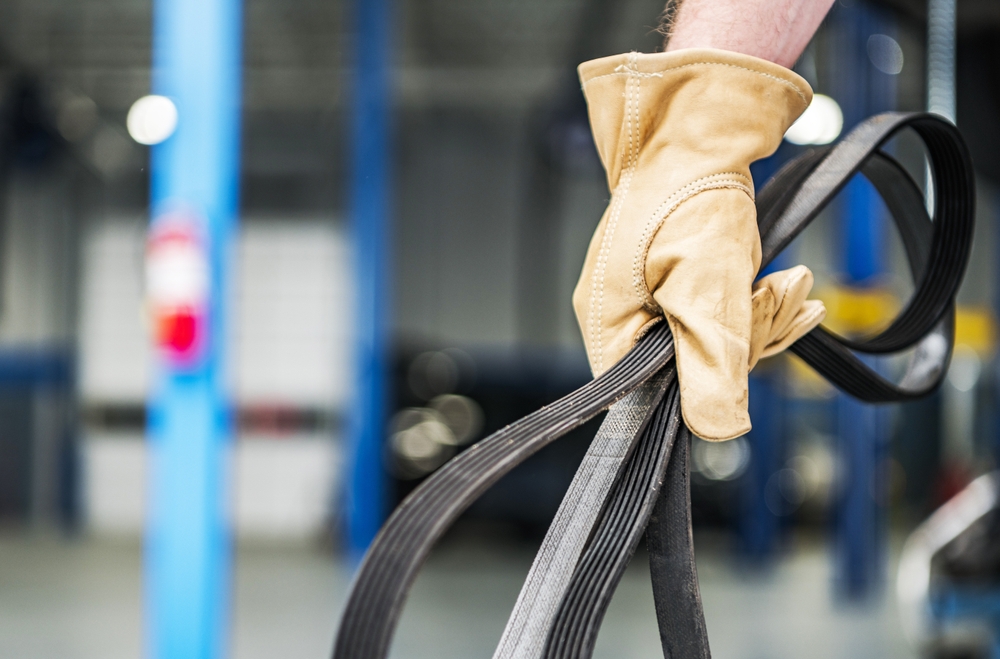
Replacing serpentine belts is crucial for the proper functioning of various engine components. Belts typically cost $20 to $50. A mechanic might charge $100 to $200 for labor. With a wrench and a bit of patience, you can replace the belt yourself, ensuring your engine accessories operate correctly while saving on labor costs.
Fixing Minor Dents and Scratches
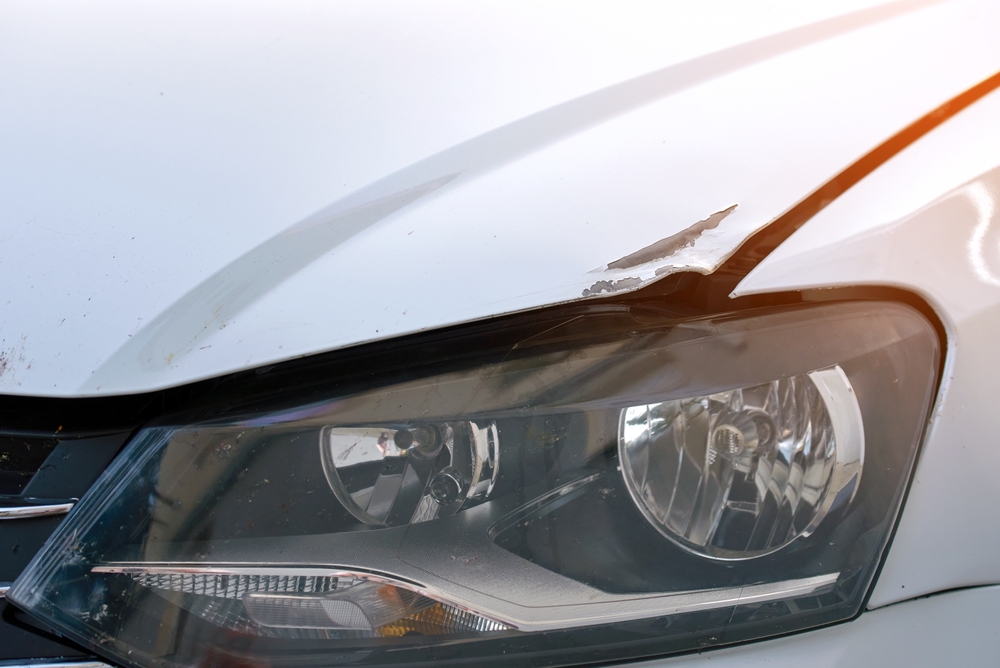
Fixing minor dents and scratches can improve your car’s appearance and prevent rust. DIY dent removal kits cost about $20 to $50, while scratch repair kits cost $10 to $30. Professional repairs can cost hundreds of dollars. By tackling these minor repairs yourself, you maintain your car’s value and appearance without the high cost.
Replacing the Thermostat
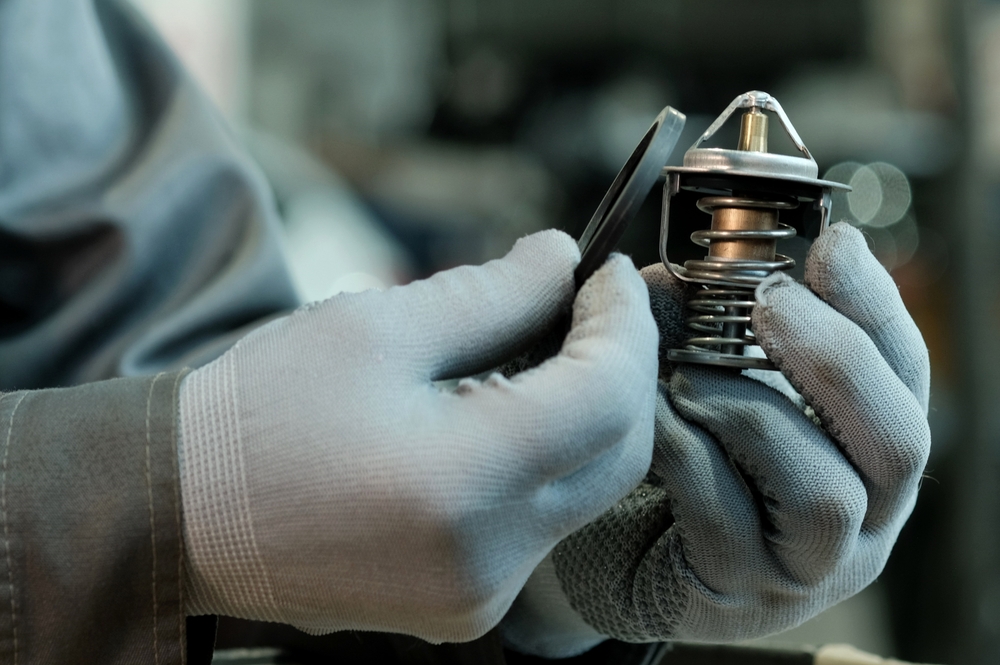
Replacing a faulty thermostat ensures your engine operates at the correct temperature. Thermostats typically cost $20 to $50. Professional replacement can cost $100 to $200. With basic tools and a bit of time, you can replace the thermostat yourself, preventing engine overheating and saving money on repairs.
Changing Transmission Fluid
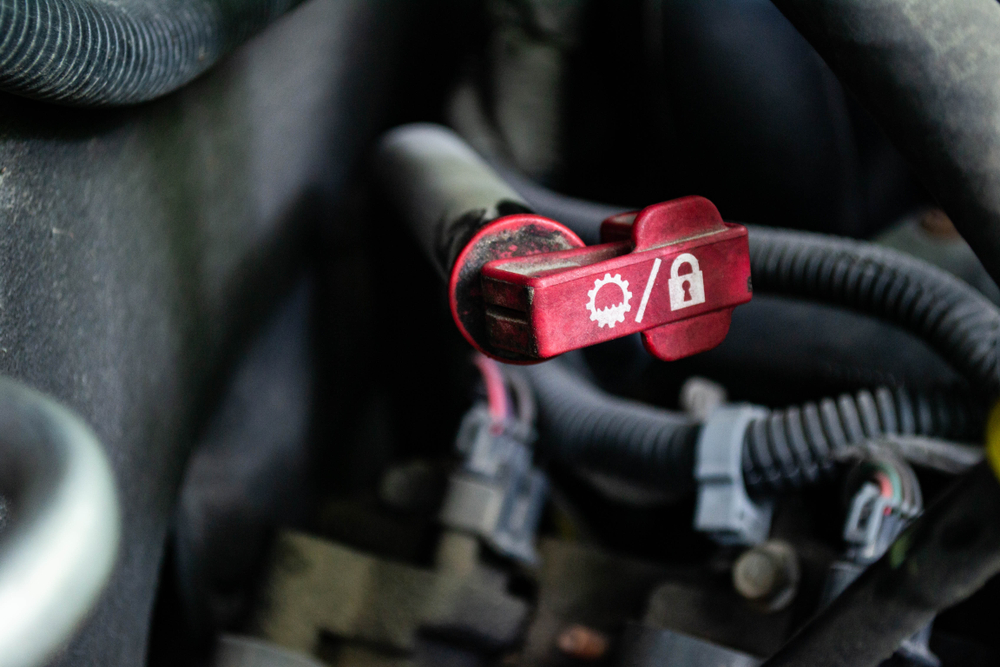
Changing transmission fluid ensures smooth shifting and prolongs transmission life. Transmission fluid and a filter kit typically cost $40 to $80. Professional service can range from $150 to $250. By following simple steps and using basic tools, you can change the fluid yourself, maintaining your transmission and saving on service costs.
Replacing Oxygen Sensors
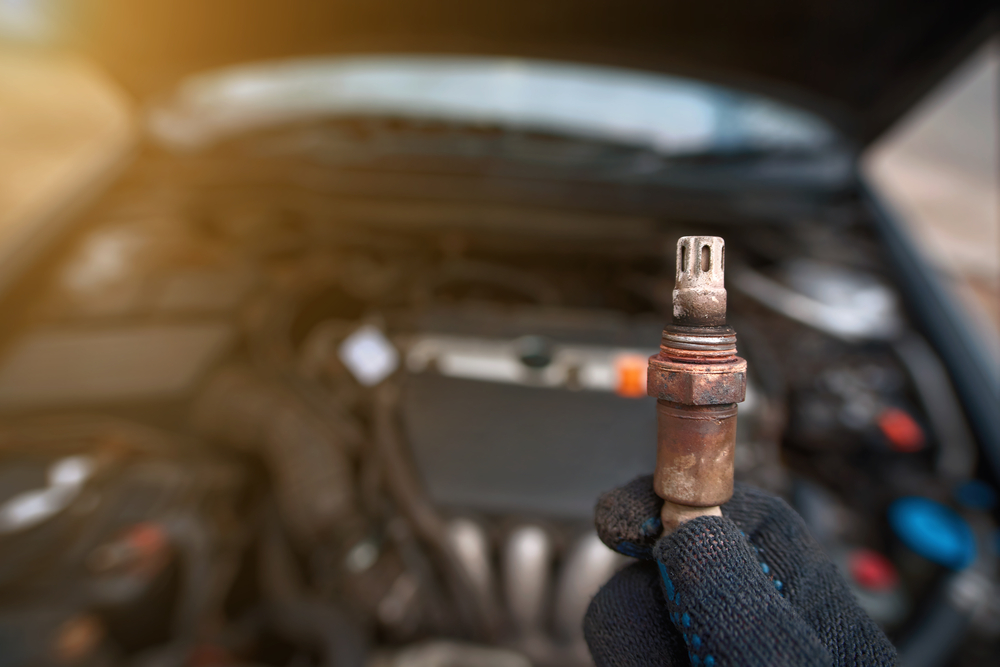
Replacing faulty oxygen sensors improves fuel efficiency and reduces emissions. Sensors typically cost $20 to $100. A mechanic might charge $150 to $300 for labor. With a wrench and some patience, you can replace the sensors yourself, ensuring your engine runs efficiently while saving on labor costs.
Cleaning the Mass Air Flow Sensor
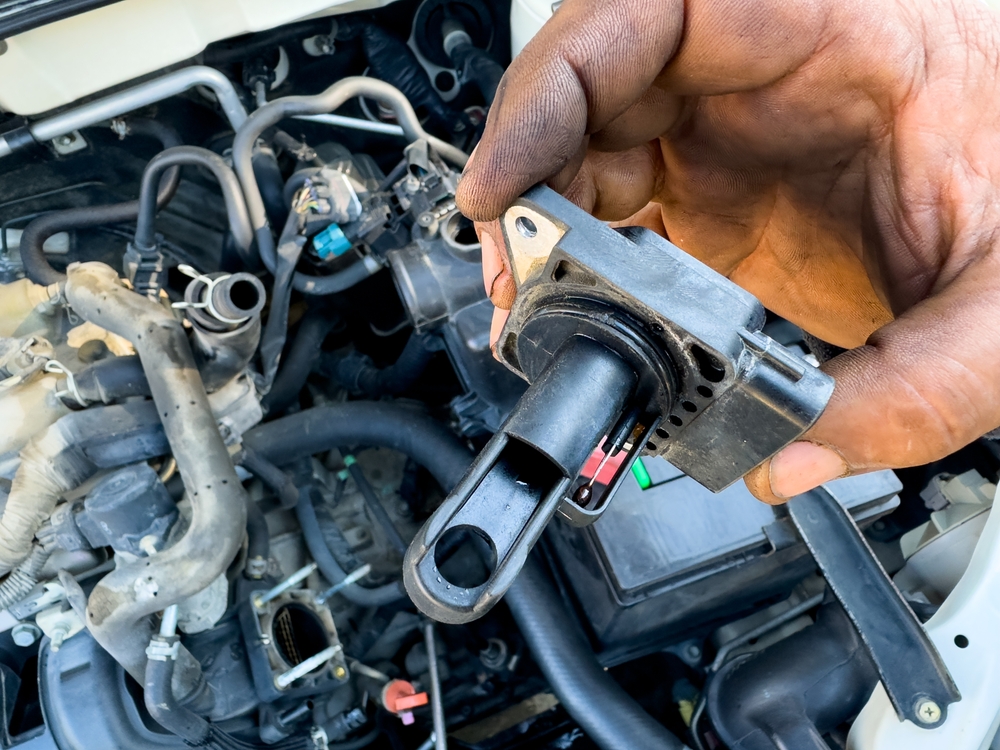
Cleaning the mass air flow (MAF) sensor improves engine performance and fuel efficiency. MAF sensor cleaner costs about $10. Professional cleaning can cost $50 to $100. By following simple steps, you can clean the sensor yourself, ensuring accurate air-fuel mixture readings and saving money on mechanic fees.
Replacing the PCV Valve
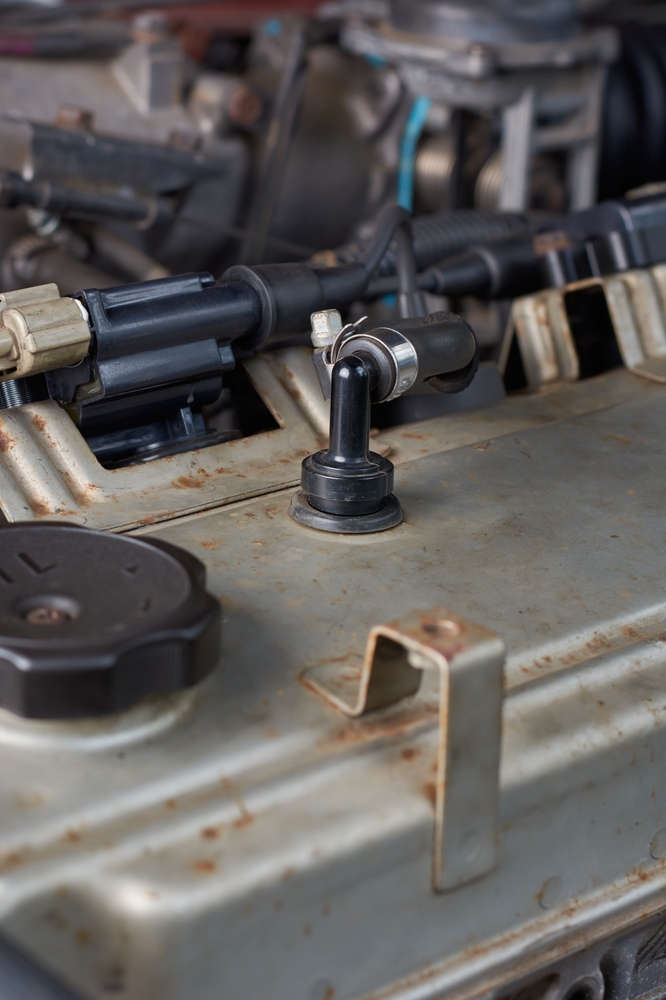
Replacing the positive crankcase ventilation (PCV) valve ensures proper engine ventilation and performance. PCV valves cost $10 to $20. A mechanic might charge $50 to $100 for labor. With basic tools and a few minutes, you can replace the valve yourself, maintaining your engine’s health and saving on service costs.
Fixing Power Window Issues
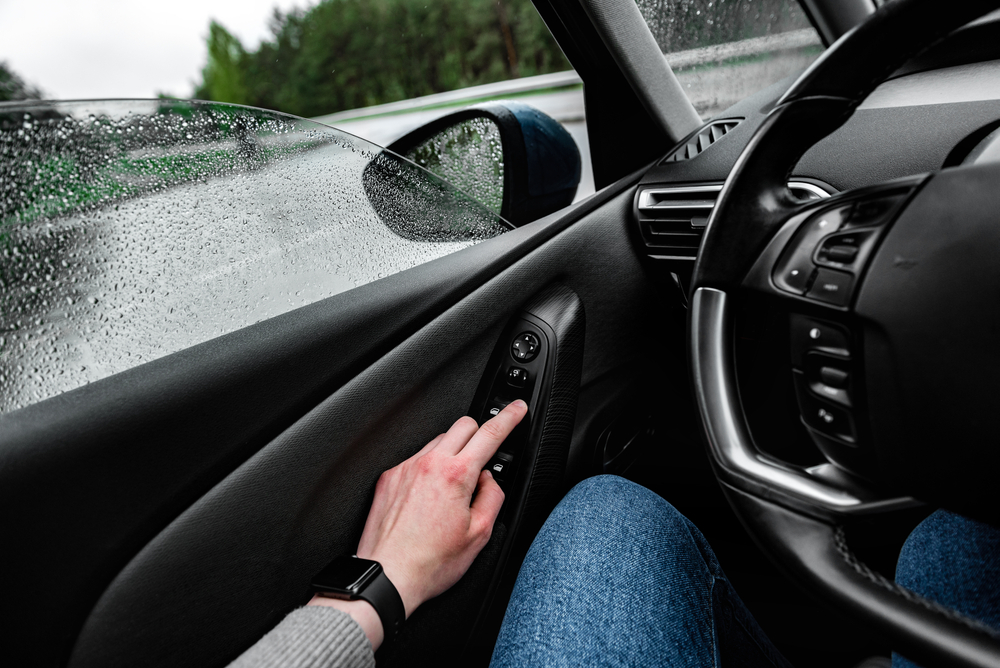
Fixing power window issues can be done with a repair kit costing about $20 to $50. Professional repairs can cost $150 to $300. By following simple instructions and using basic tools, you can repair the power window yourself, ensuring it operates correctly while saving on labor costs.
Replacing Shocks and Struts
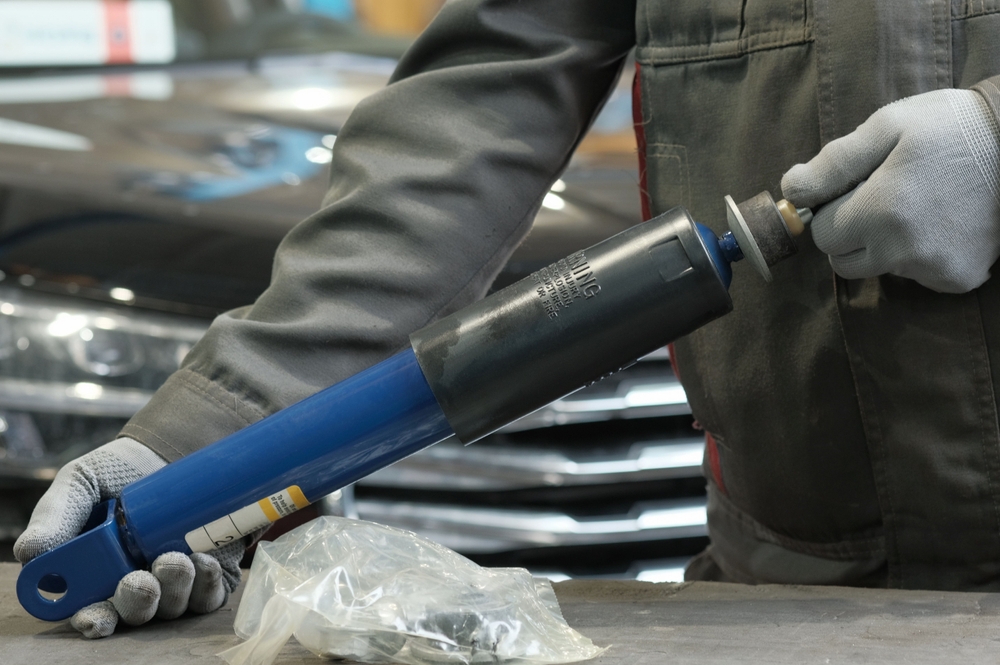
Replacing shocks and struts improves ride quality and handling. Shocks and struts typically cost $100 to $300 for a set. Professional installation can range from $500 to $1,000. With the right tools and some time, you can replace them yourself, ensuring a smooth ride and saving a significant amount on labor costs.
This article originally appeared on MyCarMakesNoise.
More from MyCarMakesNoise
15 Strangest Racecar Designs Ever Created

Motorsports often showcase sleek designs built for speed and efficiency, but some engineers have boldly stepped off the beaten path, crafting racecars that defy traditional concepts. Read More.
10 Major Reasons Electric Cars Aren’t Winning Over Americans

Electric vehicles are heralded as the future of transportation, offering a cleaner and more sustainable alternative to traditional gasoline-powered cars. Yet, they continue to face significant hurdles in capturing the hearts and minds of American consumers. Read More.
13 Essential Issues to Review Before Purchasing a Truck

Trucks are often lauded for their strength and versatility, but they aren’t without their shortcomings. Understanding issues like lower fuel efficiency and the practical challenges of handling a larger vehicle can help you decide whether a truck is the right choice for your driving needs. Read More.


